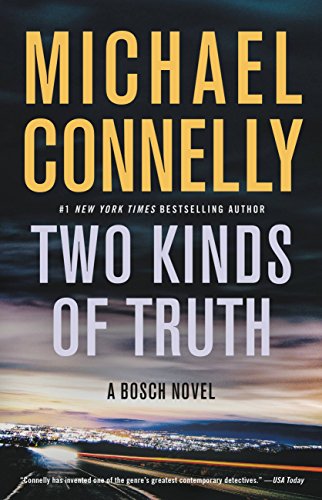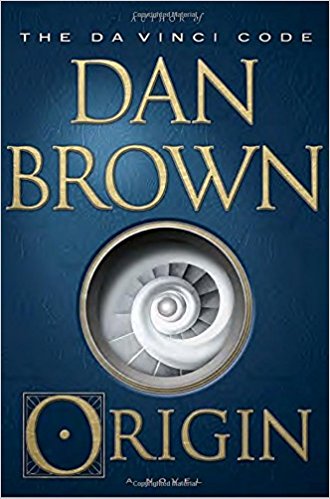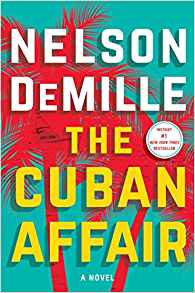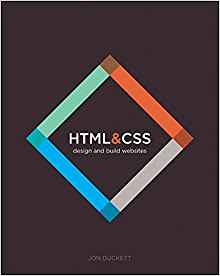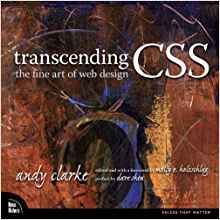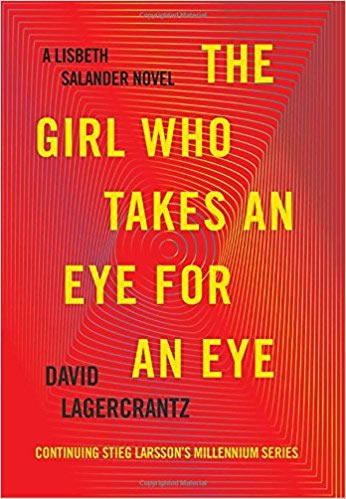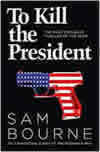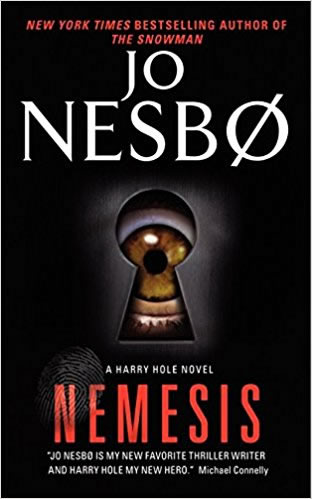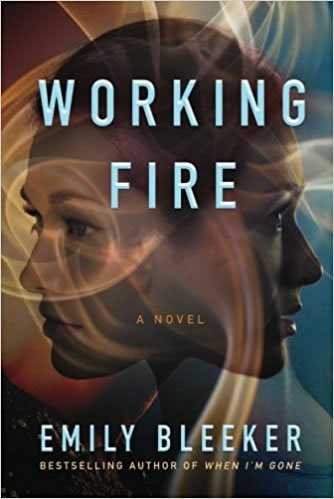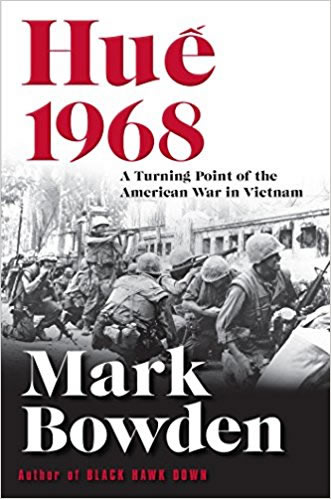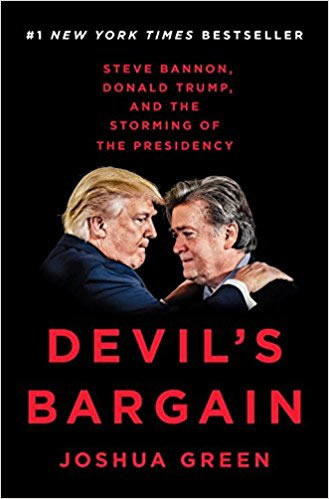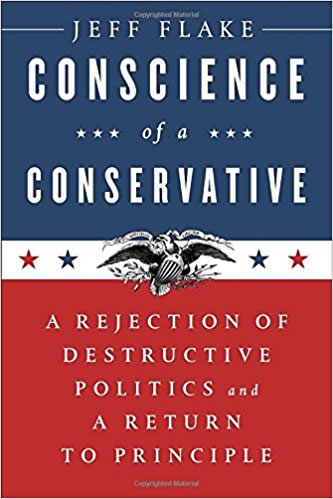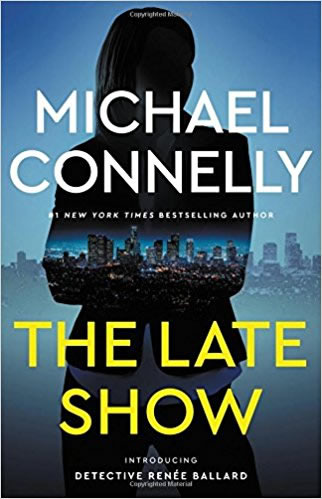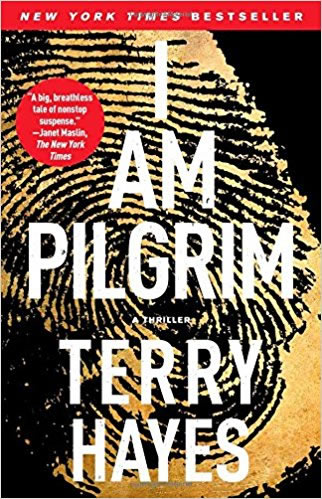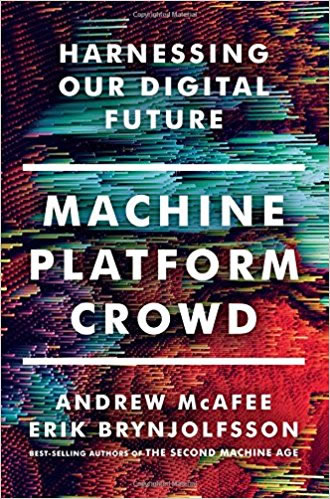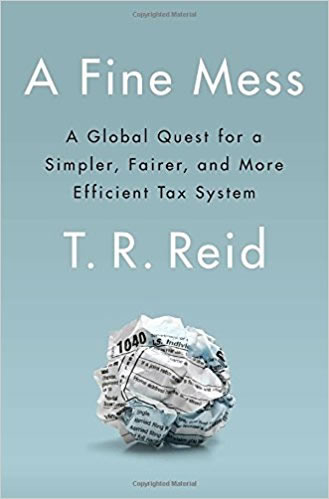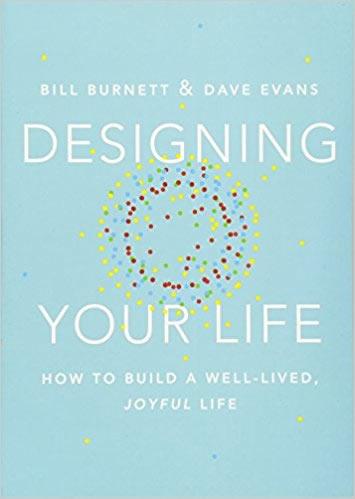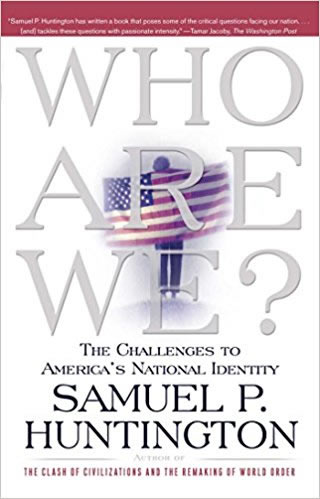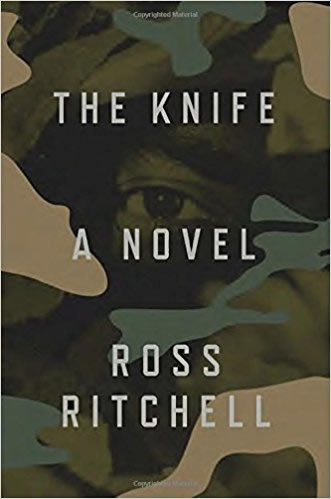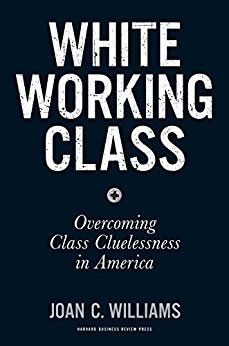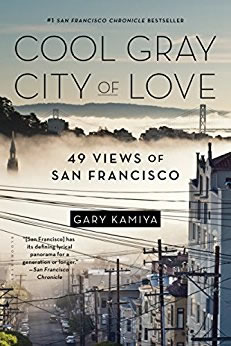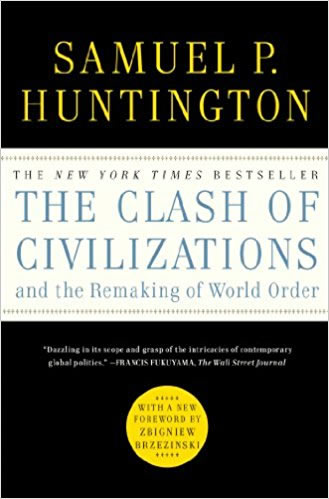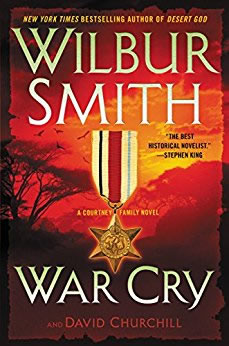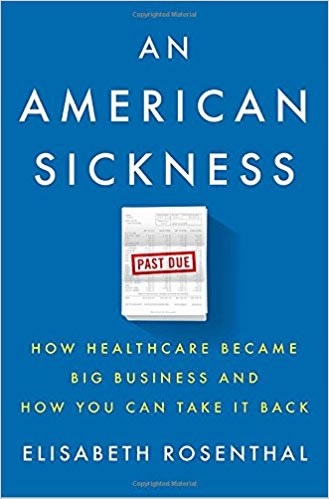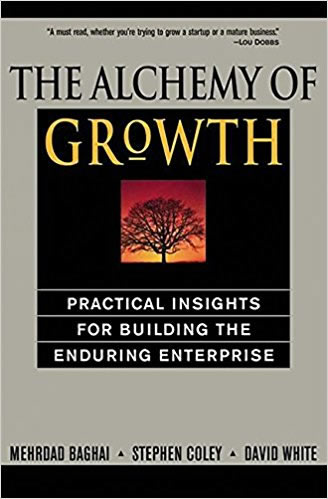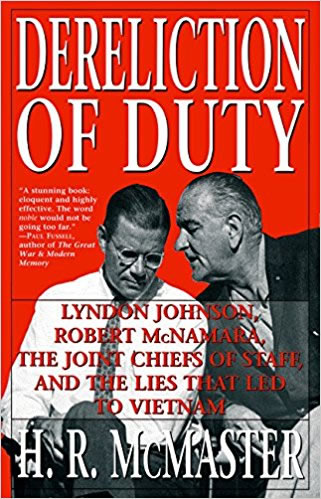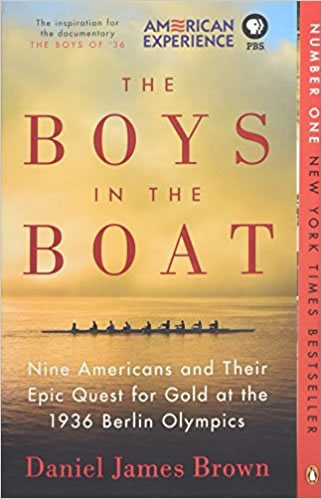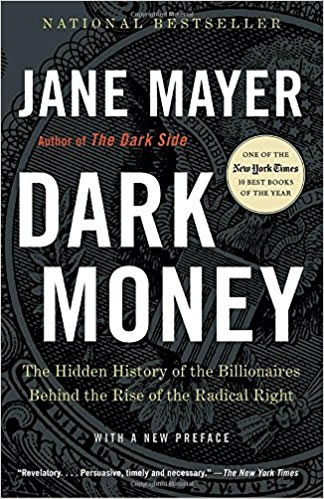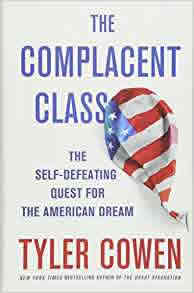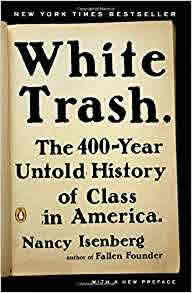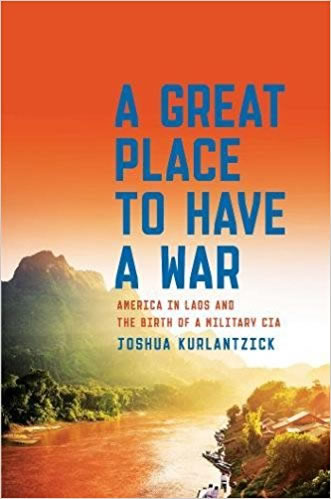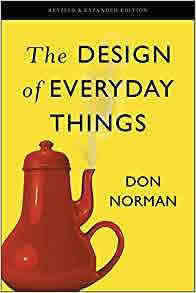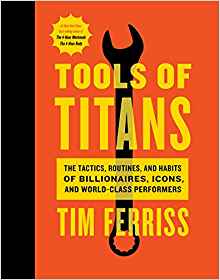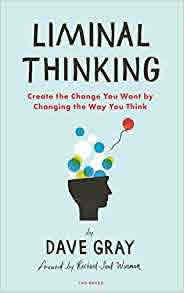The Republic for Which It Stands: The United States During Reconstruction and the Guilded Age: 1865-1896
Reviewed December 30, by Jon. This is a long, ambitious book which took me a long time to get through but it was worth it. I read this book after reading its review in The Economist. The book is a very detailed history of the U.S in the post-Civil war period. After the Civil War, Southerners were concerned about "free labor" - that is labor that freely sold by non-slaves. There was a sense of an idealized free market for labor and business. What unfolded was quite different. The reconstruction period was characterized by two things - intense investment by the U.S. government in things like building railroads and eradicating the Native American population -- and the rise of huge companies controlled by robber barrons. While the industrialists would like to maintain that their entreprenurial spirit was the soure of their wealth, in reality, it was clever gaming of the poltiical system. The idea of free labor was subverted by these large businesses and there was a battle to form unions and address working conditions. Most "labor" although free, did not have the ideal of a free market for their labor - but instead were subjugated by robber barrons. There is a lot of interesting stuff in the book - for example, cowboys, considered the epitome of rugged individualists, were, for the most part, employees of large cattle operations owned by eastern investors. Much of what played out in this period is being played out again today. It is interesting that the mythology of the period held up by some is just that, mythology. Much of the acclaimed family farm, small entrepreneur, and rugged individualist was actually played out with large corporations controlled by an oligarchy who exploited the considerable resources of the U.S. government. This book, although a commitment to read, put a lot into perspective for me.
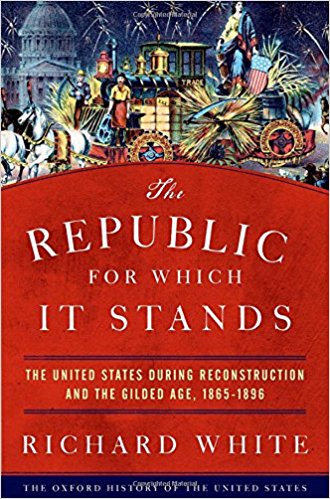 Purchase The Republic for Which It Stands from Amazon.com
Purchase The Republic for Which It Stands from Amazon.com
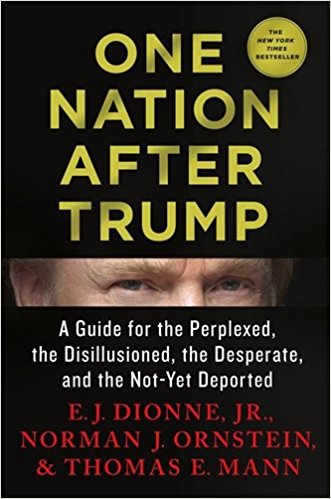
 Two Kinds of Truth (A Harry Bosch Novel)
Two Kinds of Truth (A Harry Bosch Novel)